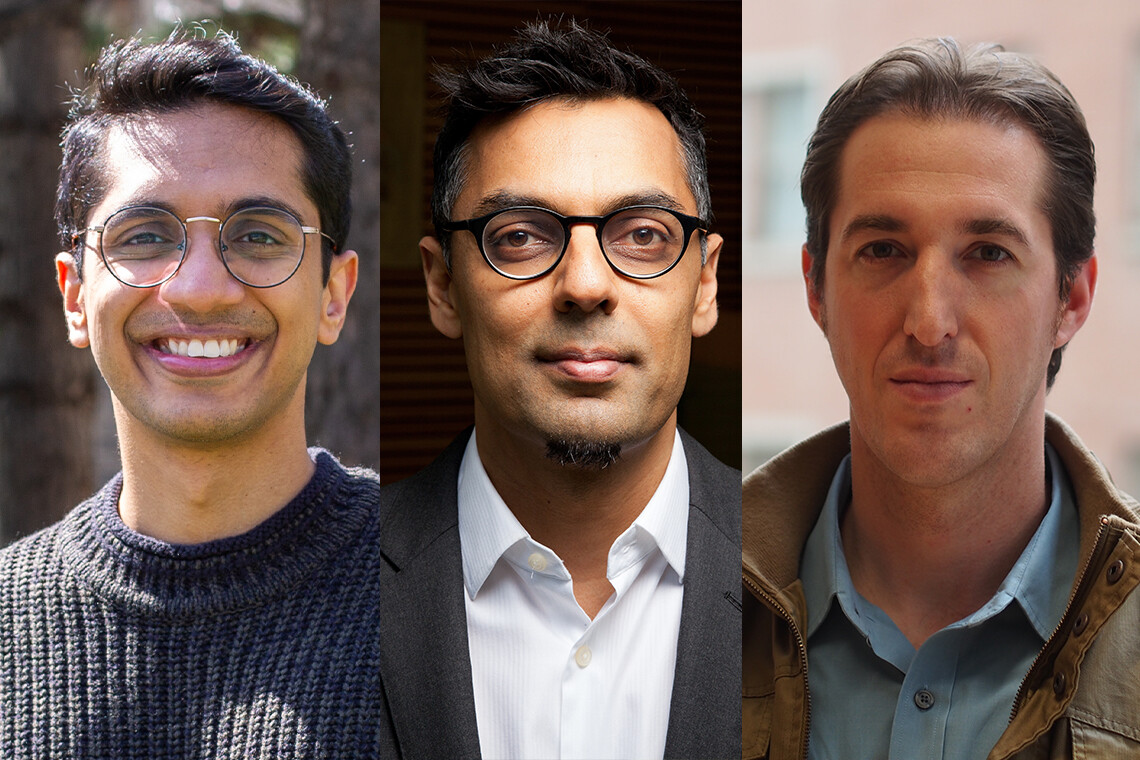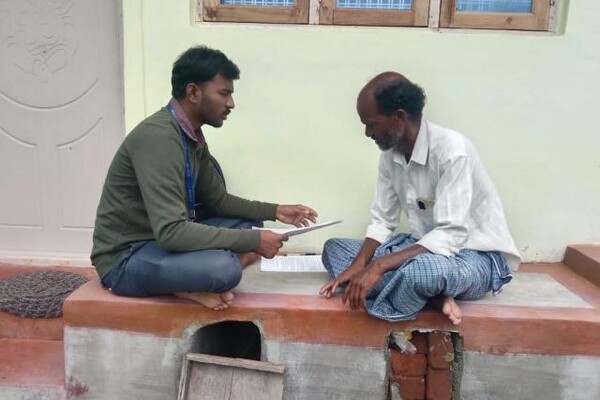Mobile Menu
- Education
- Research
-
Students
- High School Outreach
- Undergraduate & Beyond: Community of Support
- Current Students
- Faculty & Staff
- Alumni
- News & Events
- Giving
- About

Both Brazil and Mexico may be affected by a much greater spread of dengue in the years to come, says a study by University of Toronto researchers.
Vinyas Harish, an MD-PhD student at the Temerty Faculty of Medicine, is the first author on a study published in Nature Communications that uses geospatial machine learning models to map out and predict the future spread of dengue in the two countries, until 2039.
The study was also authored by Kamran Khan, a professor in the Temerty Faculty of Medicine’s department of medicine, and Isaac Bogoch, an associate professor at Temerty Medicine’s department of medicine.
Researchers involved in the paper say they believe it’s the first time, to their knowledge, “that spatial models of disease spread have informed origins, pathways, and future projections of an emerging infectious disease.”
“COVID-19 has brought emerging infectious diseases to the forefront of public discussion. The pandemic is a reminder of the profound harm emerging infectious diseases have on health systems,” says Harish, who is also a postgraduate affiliate at the Vector Institute for Artificial Intelligence and a clinical clerk at Unity Health Toronto.
The World Health Organization has identified dengue as a viral infection spread to humans by mosquitoes. It affects 100 to 400 million people each year in tropical or sub-tropical climates.
While some people experience mild symptoms, for others, dengue can lead to much more serious outcomes, like hospitalization or death. No specific treatment for dengue exists, says the WHO, and there was a global spike in cases in 2023, which had led to world concern about the surging numbers.
The paper — led by Professor Oliver Brady of the London School of Hygiene and Tropical Medicine — involved researchers from Canada, the United States, Australia, England, Brazil, and Mexico.
Researchers based their predictions about future dengue spread on a modelling framework that uses data related to environmental factors in the region, as well as historical data on human population mobility.
Developing and validating these models meant looking at more than 8,000 municipalities in Brazil and Mexico over 25 years, and also integrating insights from historical outbreak records, climate change projections, and evolutionary history of viral genetic sequences.
Ultimately, the modelling created by the researchers predicts that from 2020 to 2039 there will be a “significant expansion” of dengue in the region. In Brazil, that means researchers expect the percentage of municipalities affected by dengue will increase from 76 per cent to 97 per cent. In Mexico, that figure is anticipated to increase from 55 per cent of municipalities, to 81 per cent.
“These predictions suggest a more extensive and rapid expansion of dengue in Mexico and Brazil than previously thought,” says the paper.
Researchers say they hope the findings of the paper help with understanding other emerging infectious diseases, and the best ways of combatting spread of dengue in future.

